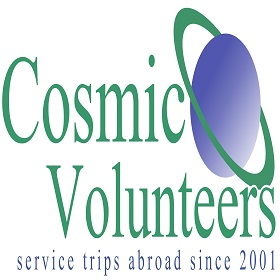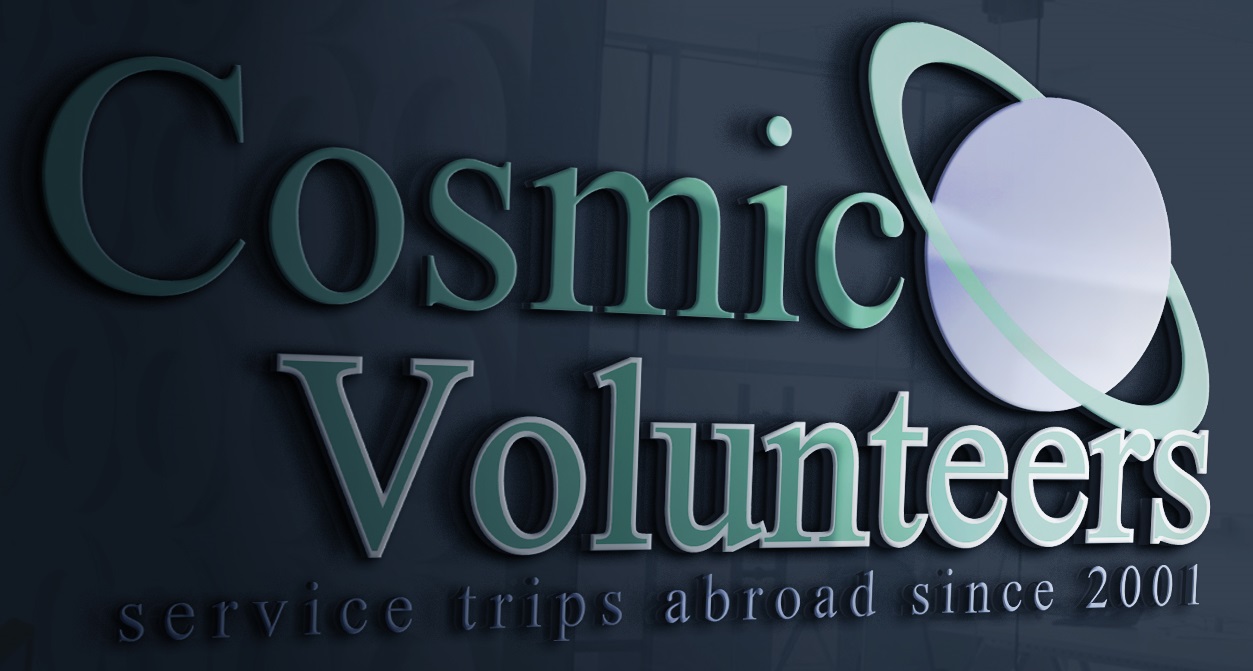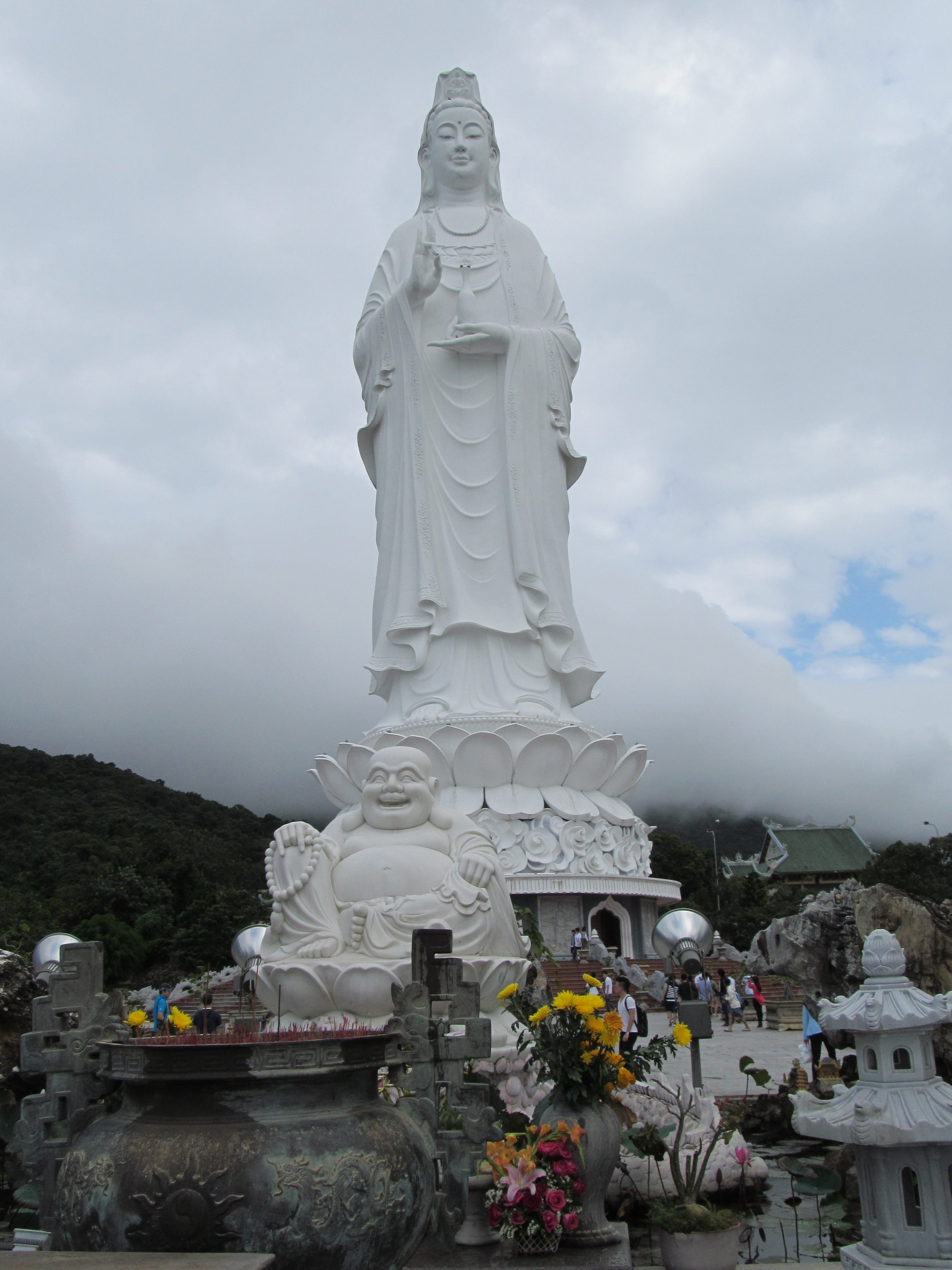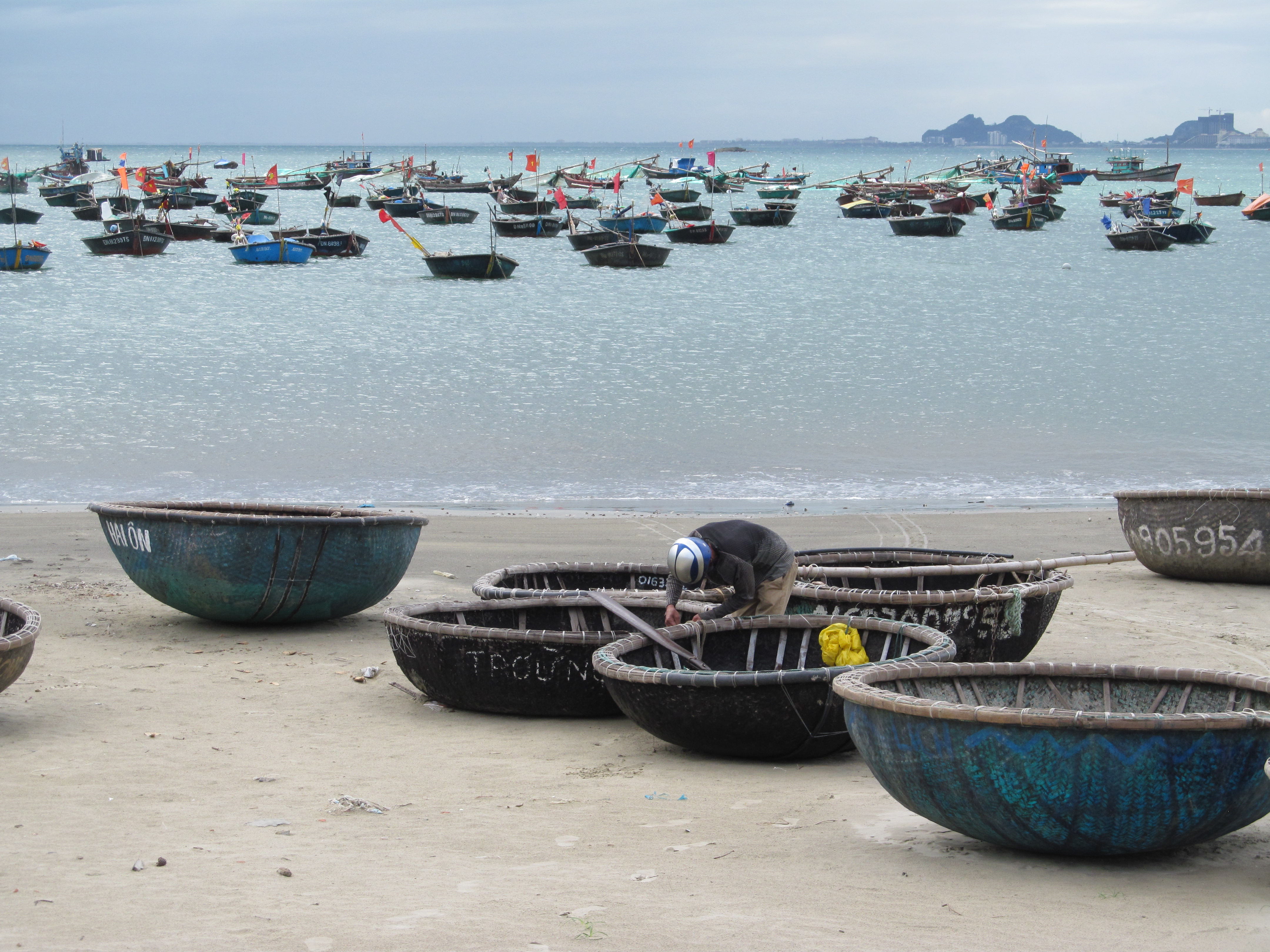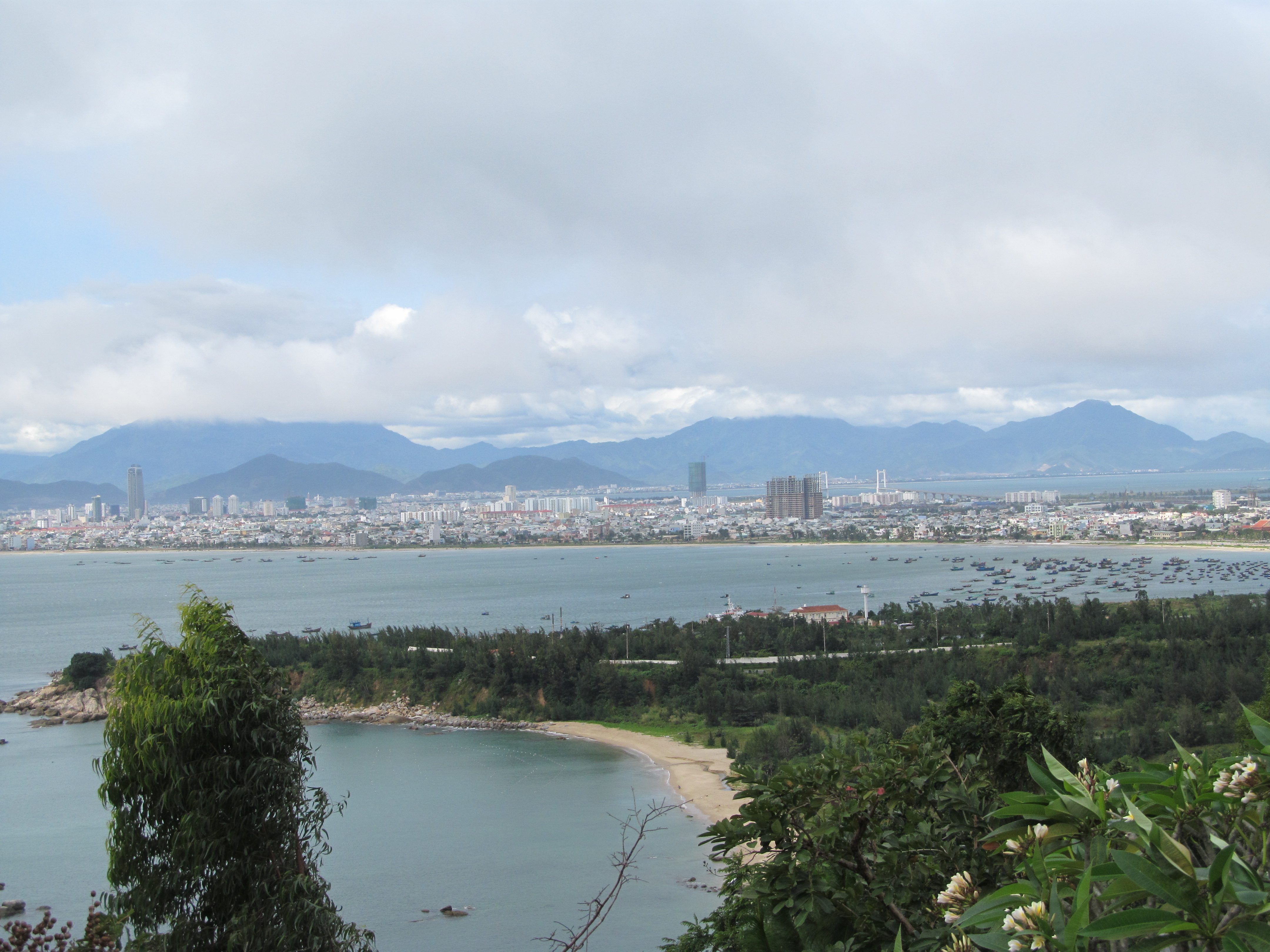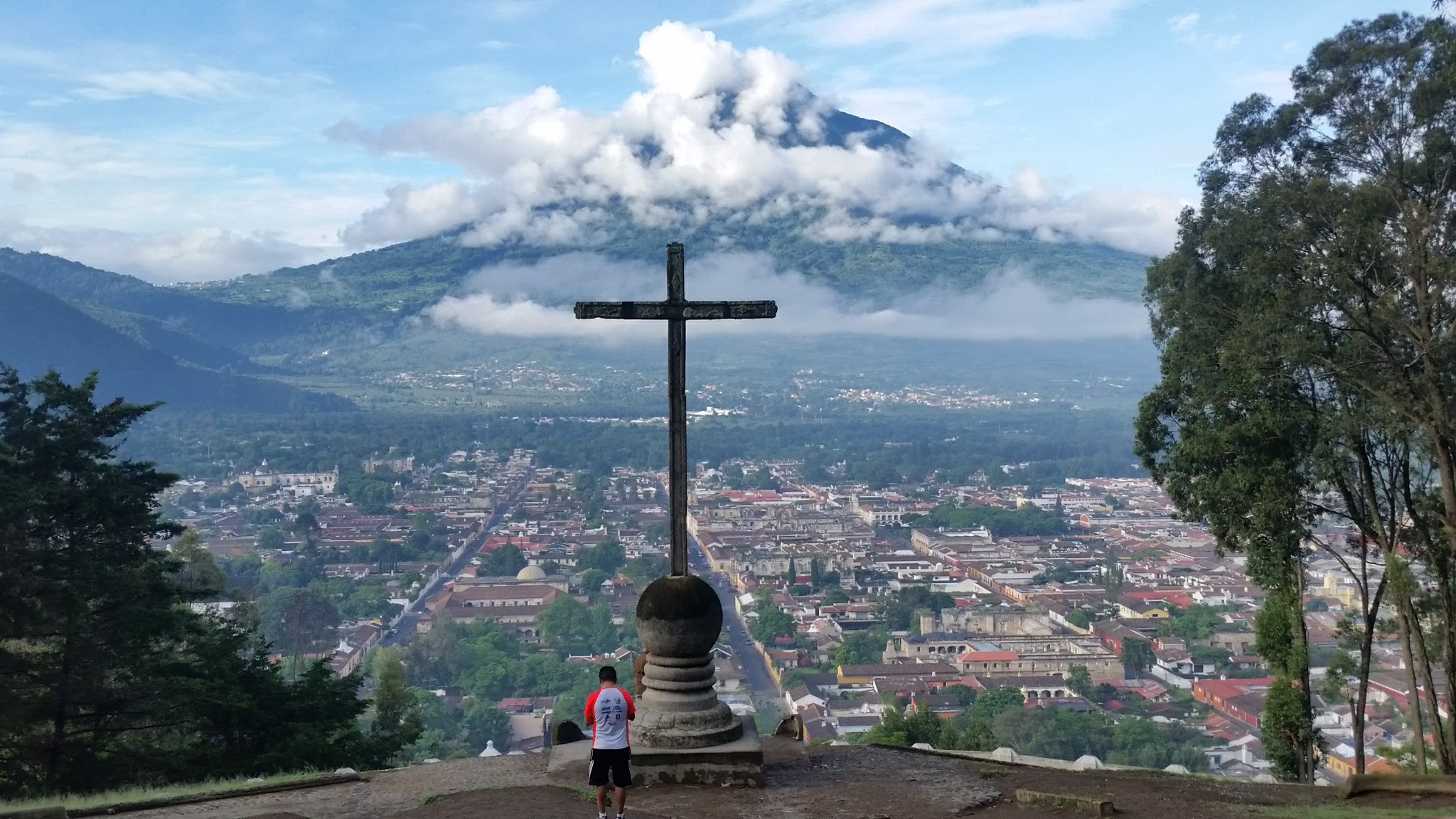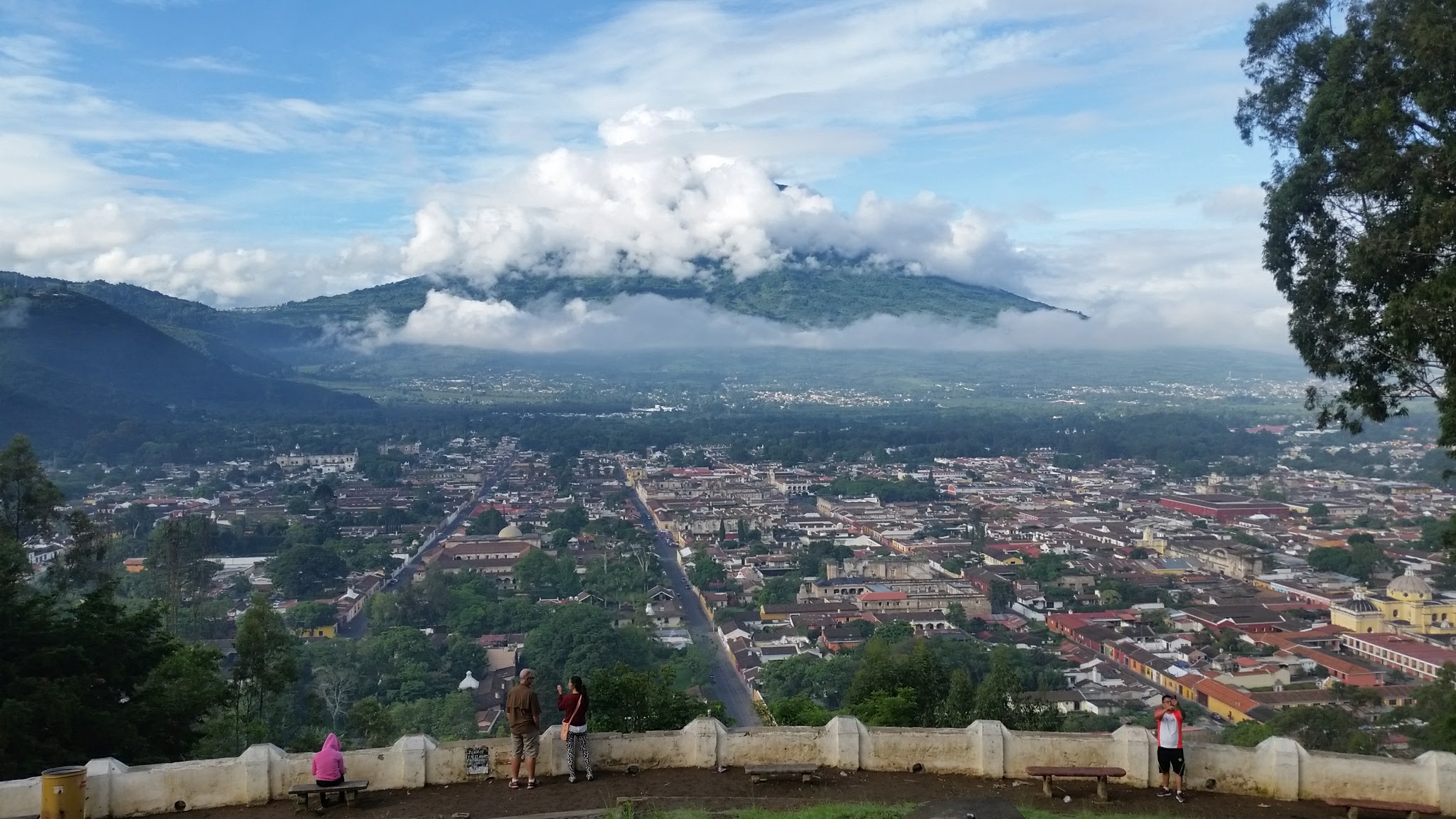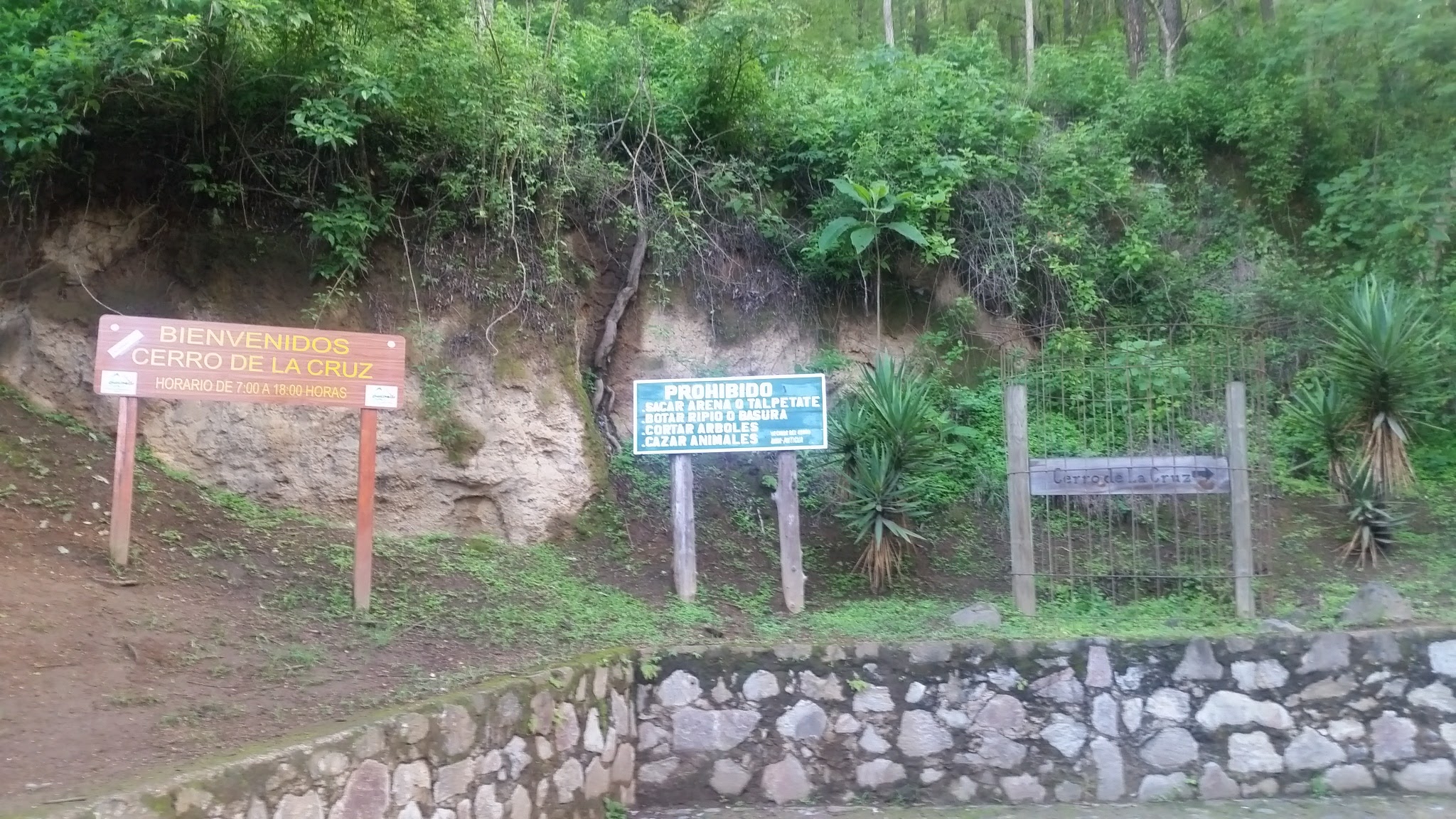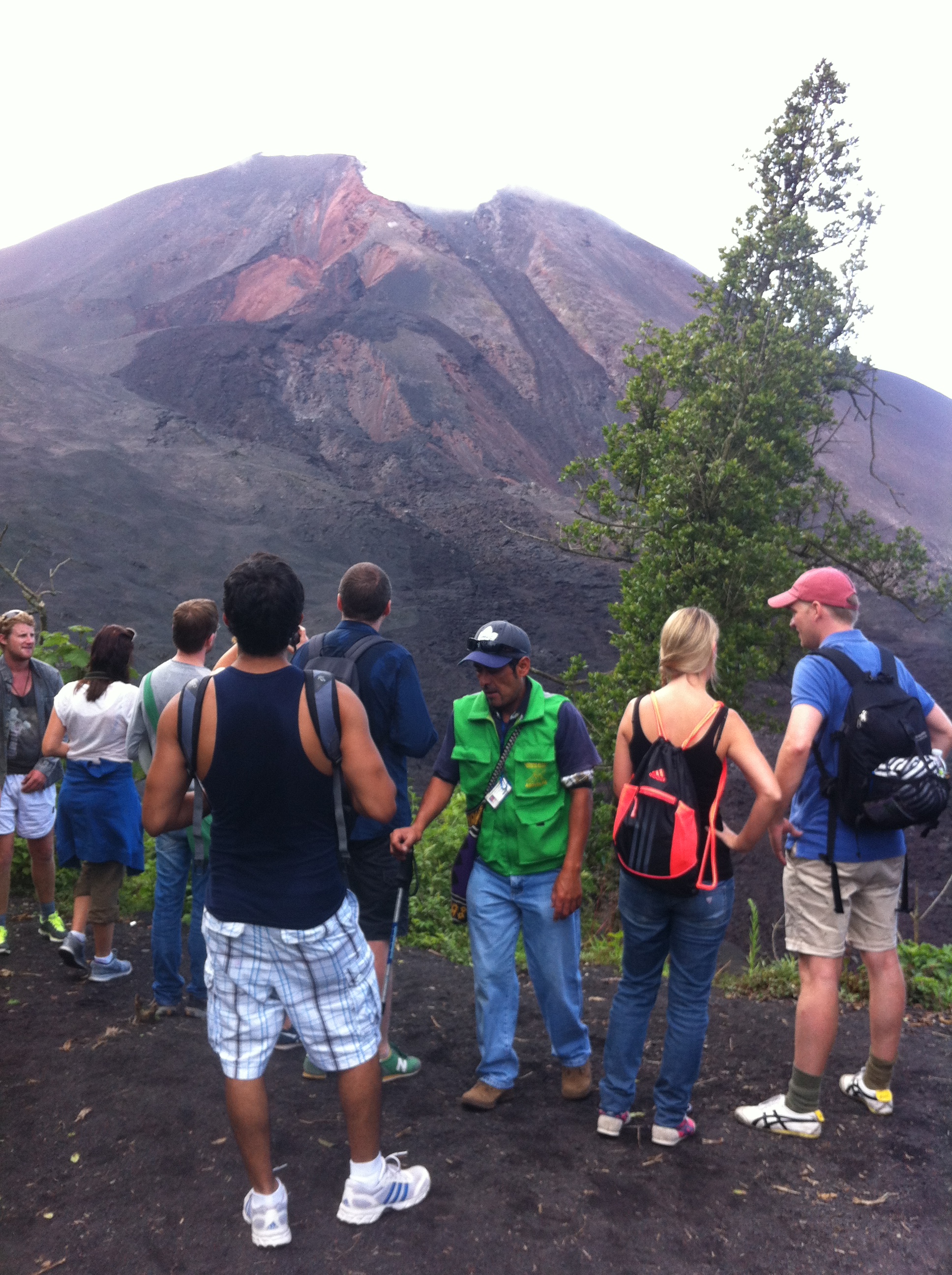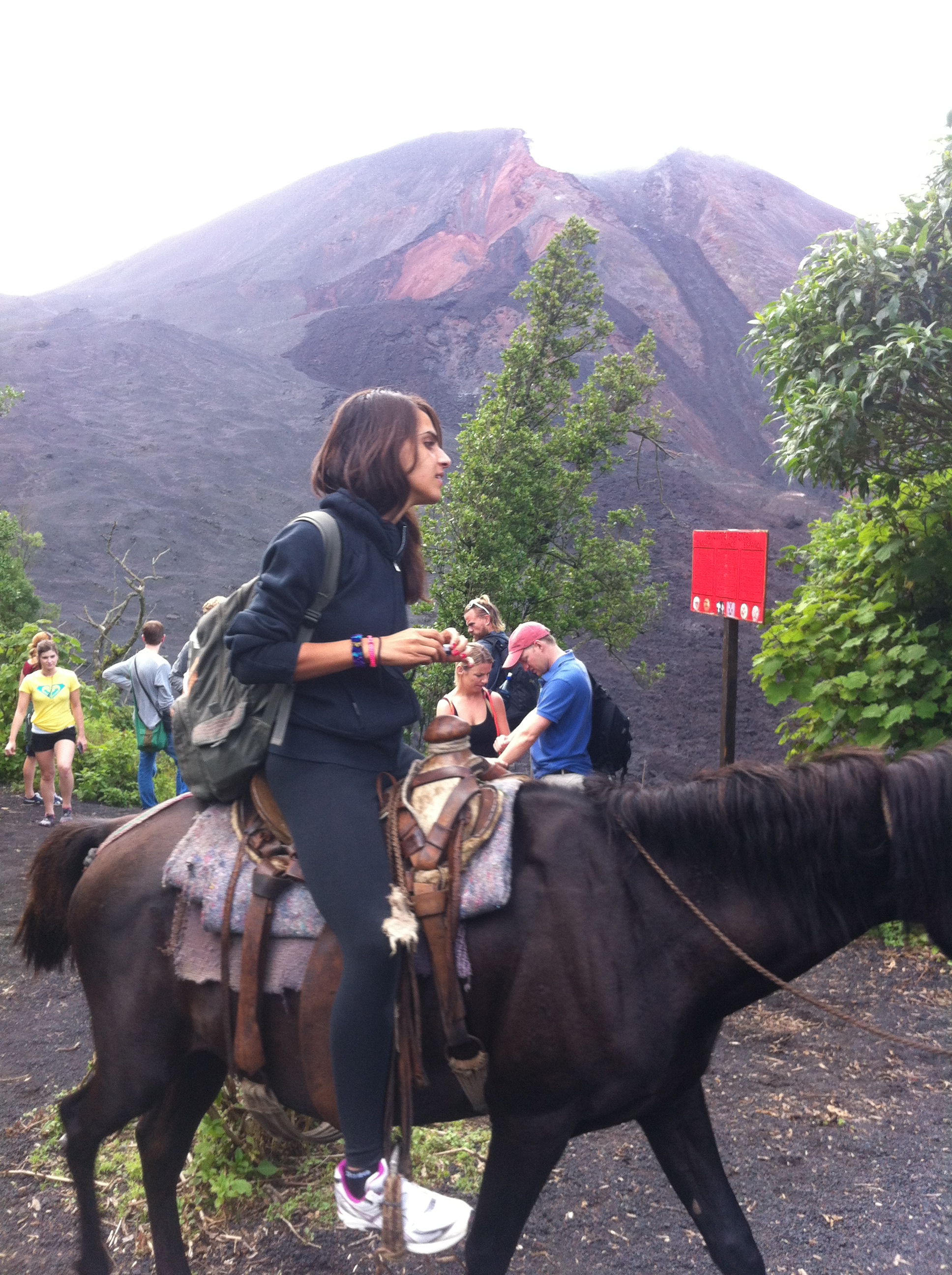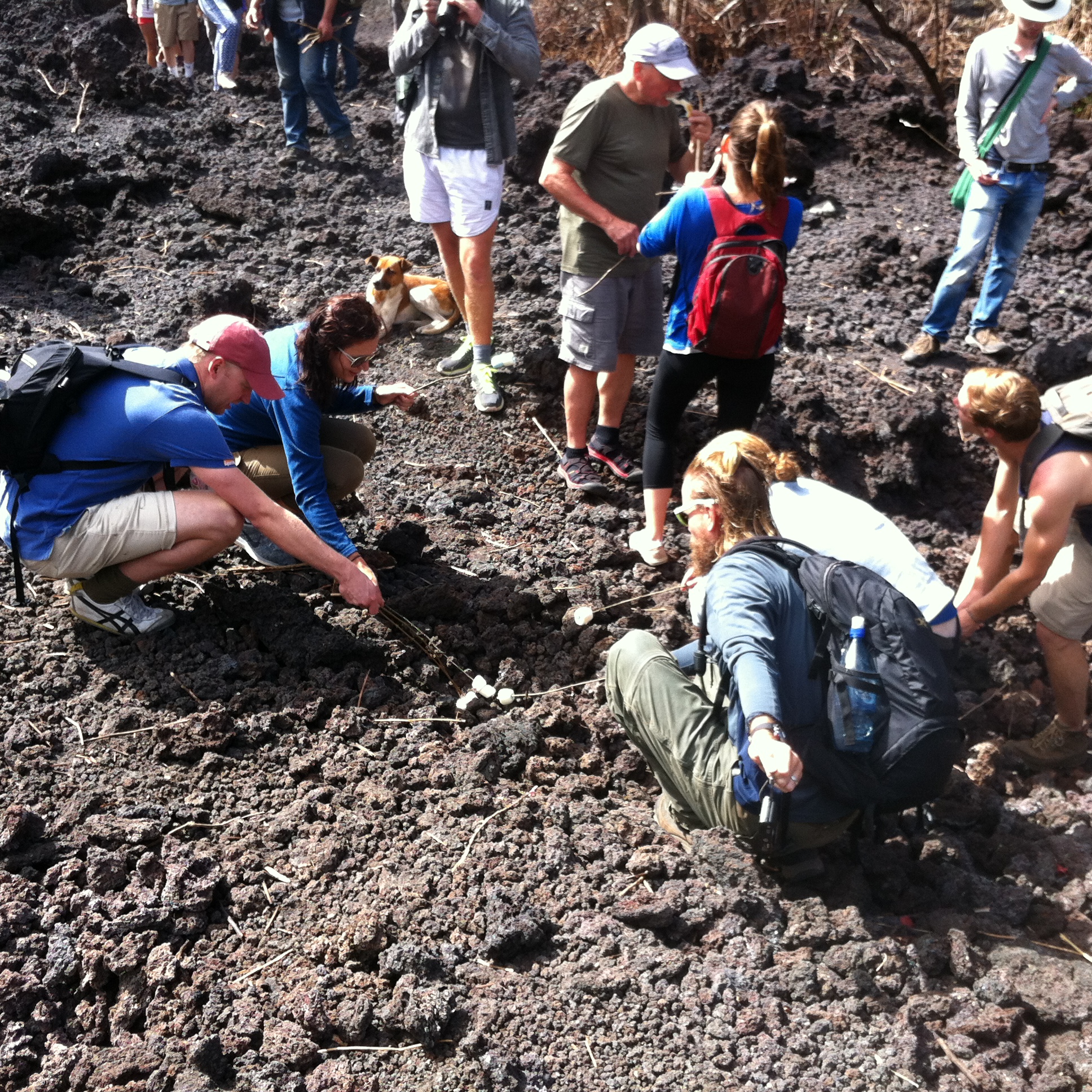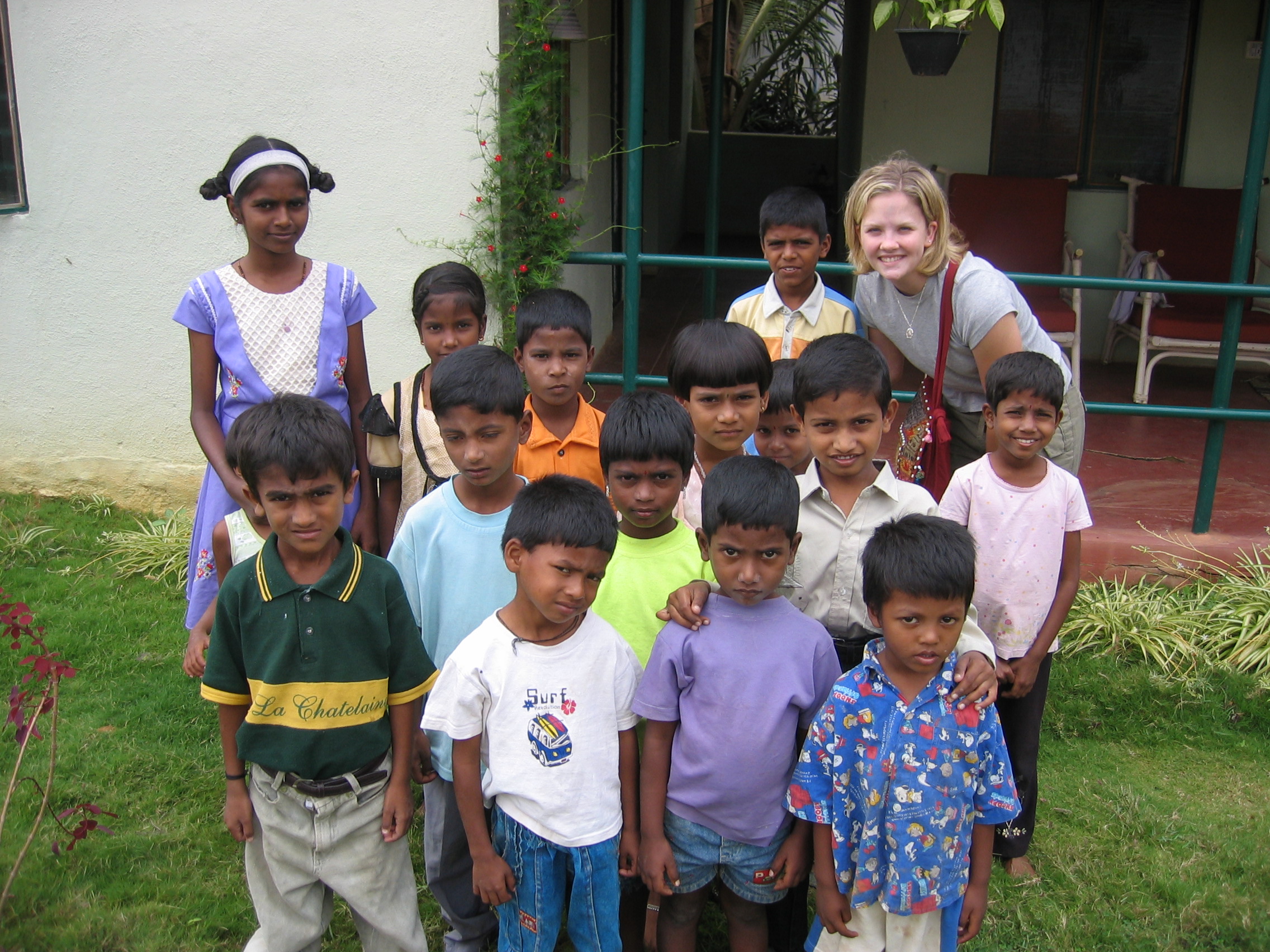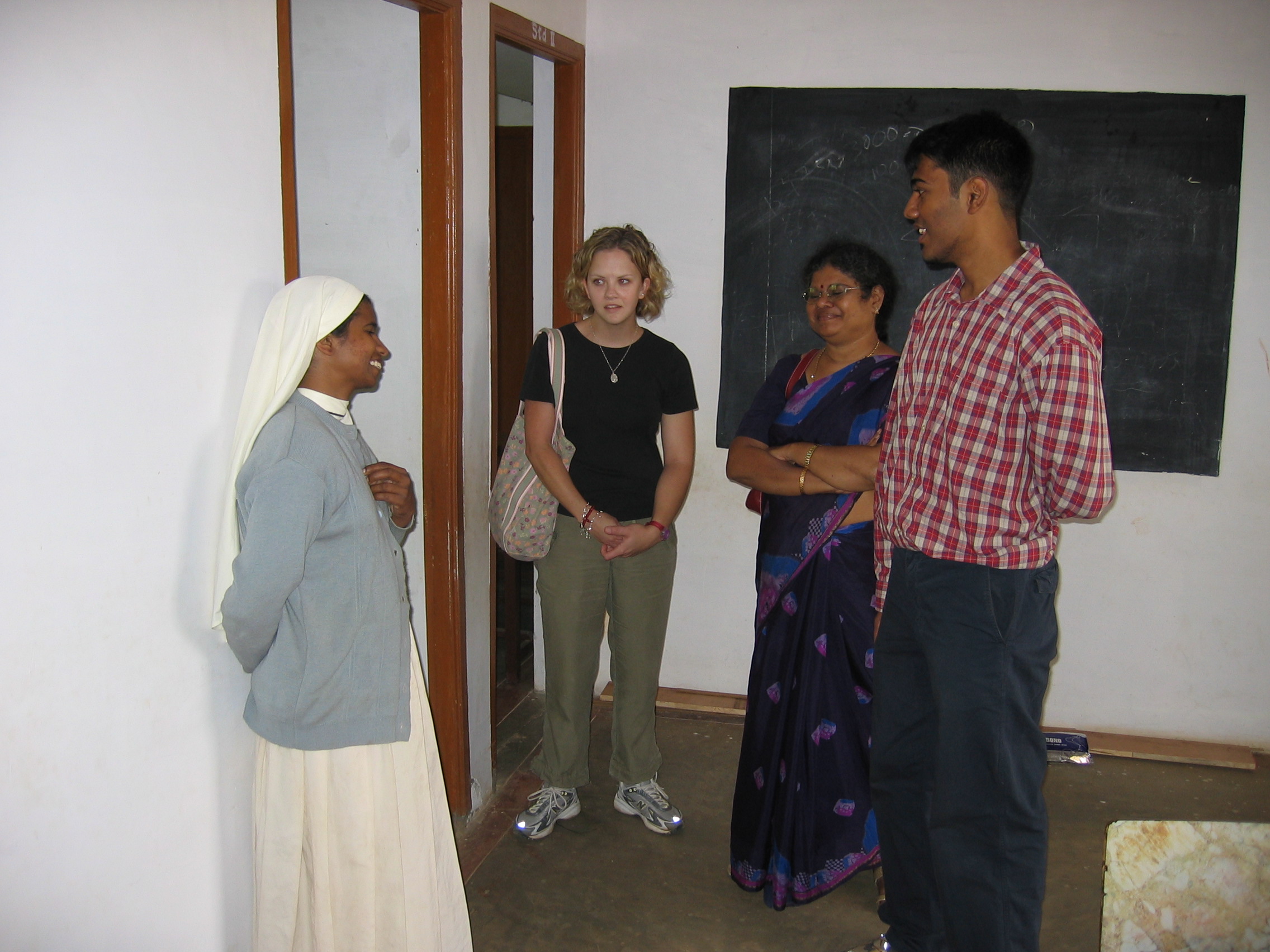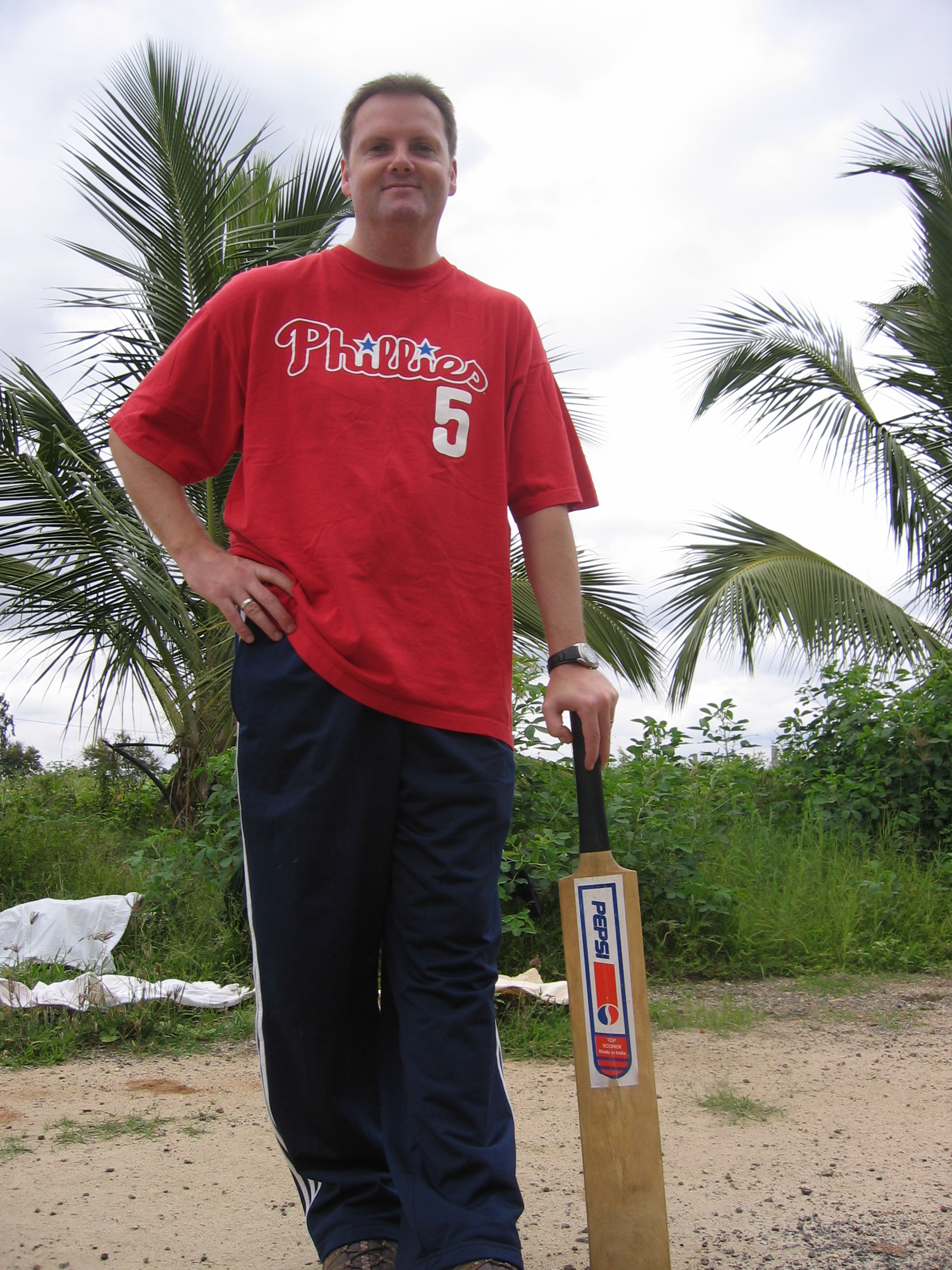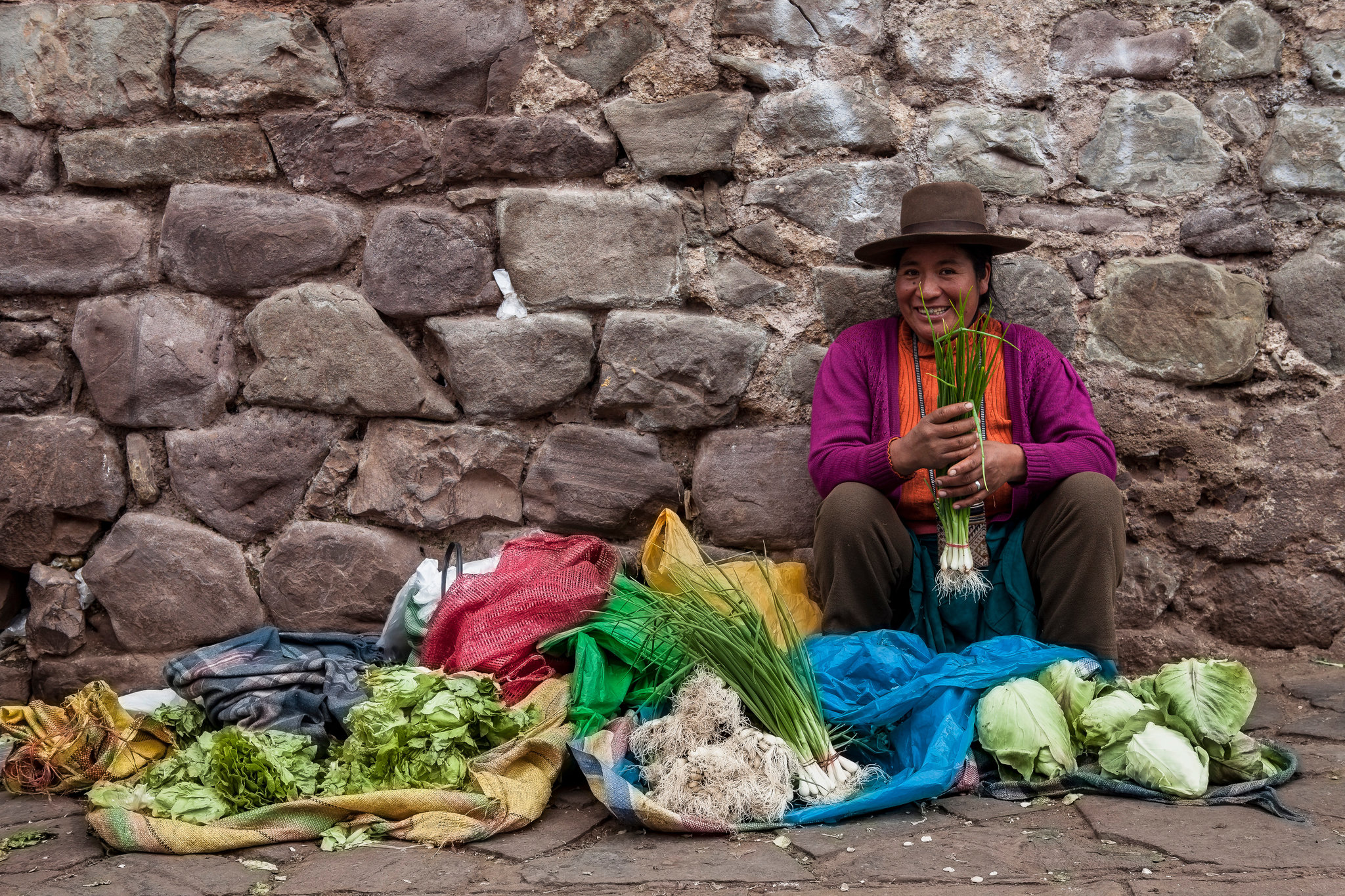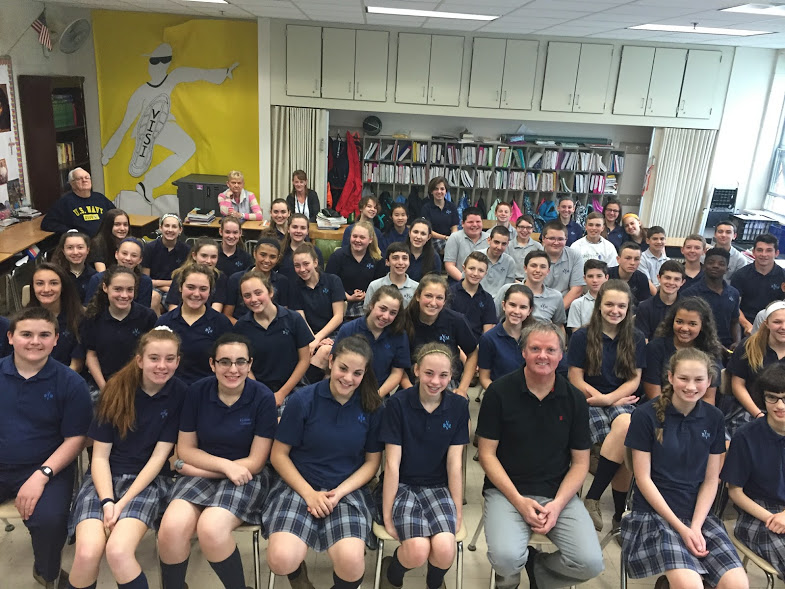After 16 years we decided this week to change the logo for Cosmic Volunteers a bit.
That’s the new logo above. It looks kind of the same as the old one, but there are some changes:
The new slogan is: “service trips abroad since 2001”.
The old slogan was: “it’s a big universe. go see it.”.
We also capitalized the “C” and the “V” in Cosmic Volunteers.
The logo modification was done by logo_design66 in Pakistan for $5 via the site www.fiverr.com.
Here is a 3-D version:

